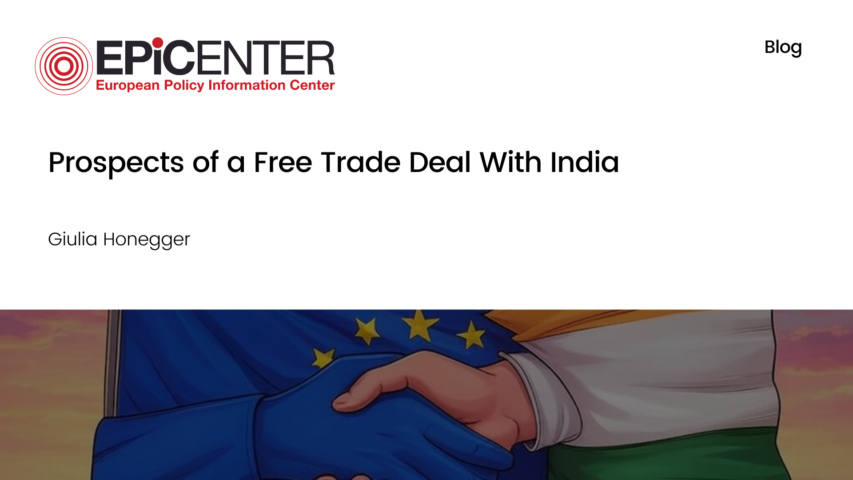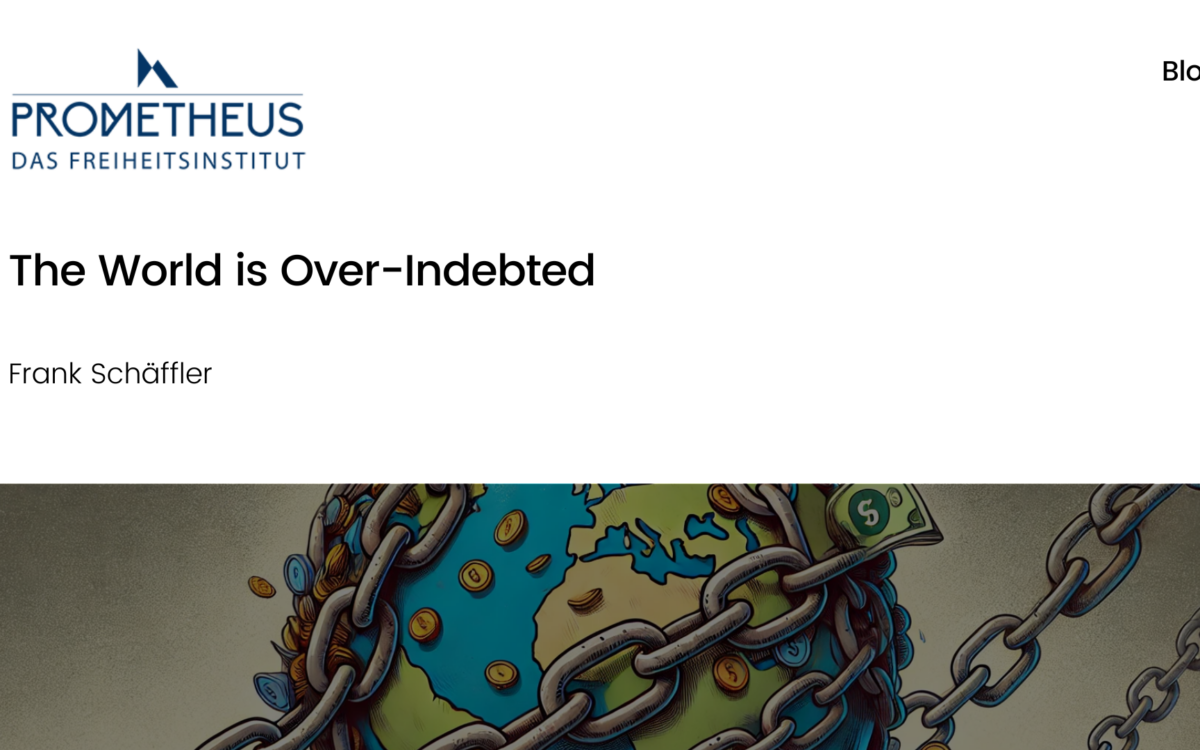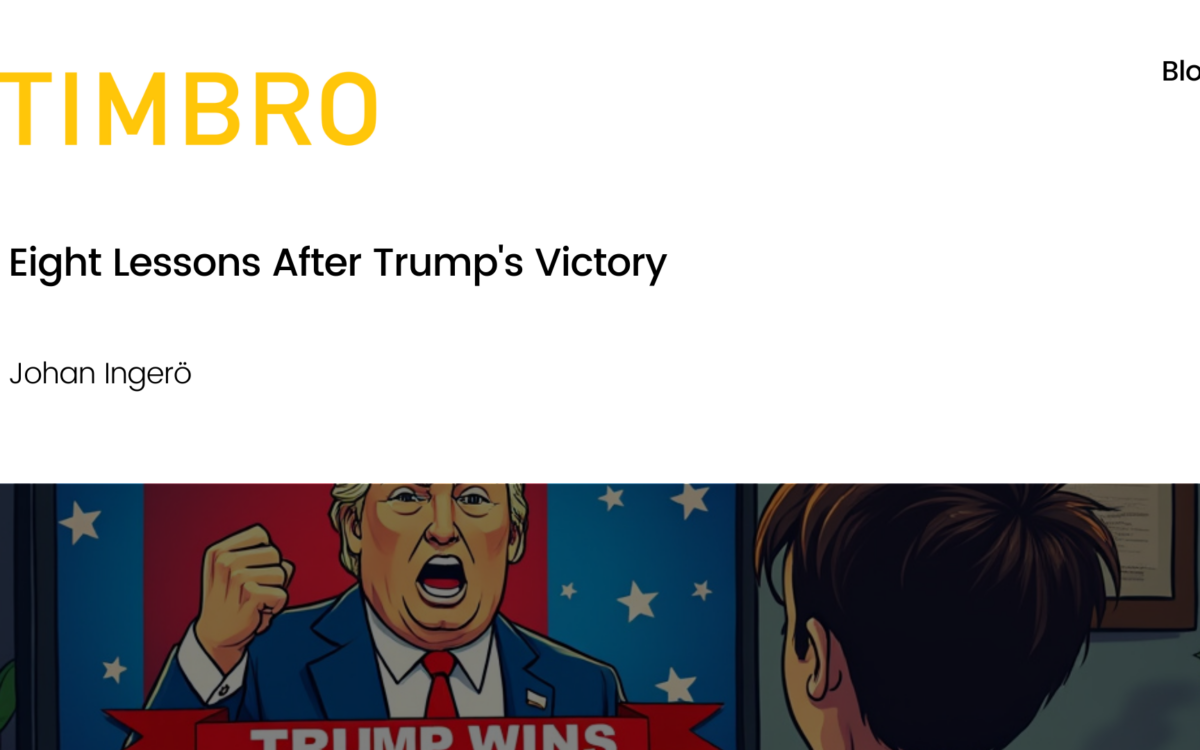Prospects of a Free Trade Deal With India

Prospects of a Free Trade Deal With India
Giulia Honegger // 1 September 2021
During the summer the EU Council published “A Globally Connected Europe”, in which it outlined its geopolitical strategy towards Asia, intending to deepen its Connectivity Partnership with India. This has revived hopes for a Free Trade Agreement between the EU and India, following an announcement that negotiations would restart. A Free Trade Agreement would deepen ties between the two parties, helping the geopolitical aim of countering an increasingly assertive China, whilst also bringing substantial economic gains. However, significant contestations remain, particularly on property rights protection and India’s increased protectionism, hampering the process. The focus should therefore be on establishing an Investment Deal and Mutual Recognition Agreements (MRAs) in sectors that can be agreed upon, with the spill over benefits from these raising prospects of moving to a full Free Trade Agreement later on.
The EU and India have expanded their geopolitical cooperation, as agreed upon in the “Connectivity Deal” in May. Besides increasing cooperation in digital, energy and transport sectors, the deal also attempts to increase regional influence in Africa and Asia through development projects. The deal was largely conceived to counter China’s Belt and Road Initiative, which aims to expand Chinese influence. Indian-Chinese relations have deteriorated sharply in the past few years, pushing India to become more protectionist to minimise Chinese influence.
At the same time, tensions between the EU and China have been on the rise as well, captured in the suspension of the EU-China Comprehensive Agreement on Investment in May. This has been in light of an increasing EU effort to confront China on human rights abuses on Uyghurs, with both sides sanctioning top officials as a result. Extending EU and Indian regional influence with its emphasis on democratic values is therefore becoming increasingly important to push back against China. Reaching an FTA would help secure links further, whilst also giving the EU an Asian trading partner with whom it shares its values, sending a message to the world that the EU will defend democratic values on the continent.
An FTA would also benefit both countries economically. The EU is already India’s second largest trading partner, and its top foreign investor. A recent estimate by the European Parliament calculated that reaching a Free Trade Agreement could bring gains of 8 to 8.5 billion euros to both sides. India would see significant gains in its technology sector, and FDI would boost its research and development abilities. EU producers would gain from greater access to markets and finding new investment opportunities, and EU consumers from greater competition.
Although there are many bilateral benefits to an FTA between the two economies, there is an added bonus that it would combat Chinese nationalism and economic chauvinism in Asia. China’s state control of enterprises leads to massive direct subsidies, as well as access to subsidised inputs, which results in significant market distortions. Promoting free trade between the EU and India helps to push back against these tendencies. As stand offs between China and the EU have been increasing, negotiating free trade deals with Asian nations will also help the EU to become less reliant on China for trade.
Disagreements still persist on several issues between the EU and India, especially on intellectual property rights. India’s record on protecting property rights has been poor, breaking Bilateral Investment Treaties several times, making the environment less appealing for European investors. EU businesses are particularly worried about the Indian pharmaceutical sector, where India recently sought a patent waiver for Covid vaccines, which the EU opposed, highlighting persisting divisions.
Another issue is India becoming more protectionist under Modi, shown in his “Made in India” slogan, aiming to shield the manufacturing sector from competition. Agriculture has also become more protected as the import duty on wheat has doubled to 20%. The increased protectionism hampered negotiations, with India expressing worries that EU subsidised agricultural imports would outsource local Indian farmers. However, the Indian agricultural sector is largely inefficient, and gains to India under an FTA would still far outweigh losses to Indian farmers. More external competition under an FTA would provide Indian consumers with more options, therefore increasing consumer consumption. Both governments should focus on becoming less captured by special interests of largely uncompetitive sectors.
Due to these disagreements, the parties should first negotiate MRAs, in which tariffs are lowered in specific sectors where consensus can be reached – for example in the technological sector. Seeing the benefits will encourage India to soften its protectionism, in areas such as the agricultural sector, paving the way for a comprehensive Free Trade Agreement. The disagreements on intellectual property rights could be resolved soon, as both parties recently agreed to start negotiations for an Investment Protection Agreement. This would also innovate India through expanding its R&D, which would translate into increased economic growth.
As India and the EU are starting to cooperate more on the geopolitical front to counter China, cooperating on trade is gaining significant importance. Closer relations with India would enable the EU to take a firmer stance towards China, as establishing more alliances with Asian allies would decrease dependency on Chinese imports. The main obstacle is India’s protectionism. Reaching an agreement where tariffs are lowered in specific sectors under MRAs could therefore serve as a starting point, as consumers witnessing the gains from trade liberalisation would increase the pressure on the Indian government to negotiate a comprehensive FTA.
EPICENTER publications and contributions from our member think tanks are designed to promote the discussion of economic issues and the role of markets in solving economic and social problems. As with all EPICENTER publications, the views expressed here are those of the author and not EPICENTER or its member think tanks (which have no corporate view).



